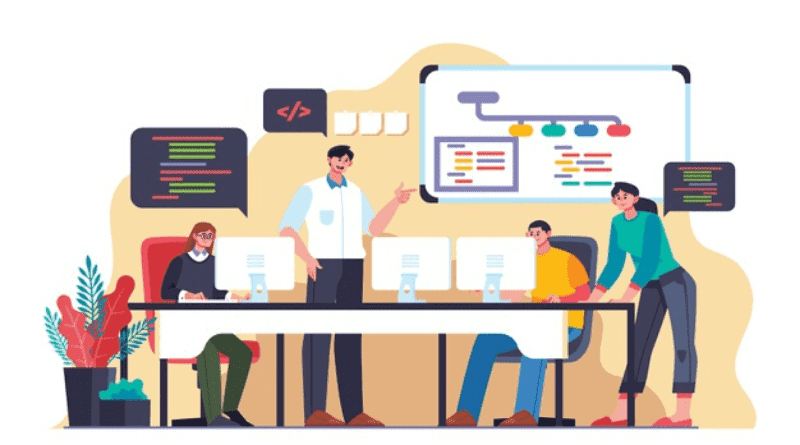The ecommerce market has enhanced a lot and so the businesses have taken a step towards their online platform. Customers have also started searching for products online. Today, a customer can compare the price of a product available at different stores in real time which wasn’t possible with the offline marketplace.
Thus, competitive pricing has become the essential part of a business strategy.
If you want to keep the prices of your products competitive as well as attractive, it is important to monitor and track the prices of your competitors. For knowing the competitors’ pricing strategy, you can align your pricing strategy to go beyond them.
Therefore, monitoring price has become a major part in the process of running an ecommerce business.
What’s running in your head is to get that data to compare prices, right?
It is quite a burdensome task to compare prices as getting web data isn’t that easily – there are several technologies that distribute content such as HTML, XML and JSON.
So for getting the required data, it is important to effectively go through these technologies. It’s time to introduce ‘R’ as it will help you access data stored in these technologies. But for this you will need to have a deep understanding of R prior to getting started.
Introduction to ‘R’
In simple terms, R is a language and environment for statistical computing and graphics. Similar to S language and environment, it is a GNU project. It can be said as implementation of S in a different way. No doubt there are some crucial differences but maximum code written for S runs as it is under R.
Your get a variety of statistical (classical statistical tests, classical statistical tests, time-series analysis, clustering, classification, etc.) as well as graphical techniques with R. It is also highly extensible. The S language is used for research in the statistical methodology and R offers an Open Source route for participating in that activity.
The strongest point of R is that it can produce several well-designed publication quality plots easily along with mathematical symbols and formulae where required. There has been lot of care taken more than the defaults for minor design selections in graphics but the user holds complete control.
You get R as Free Software in source code form under the terms of GNU General Public License of the Free Software Foundation. It assemble and works on multiple UNIX platforms and similar systems (including FreeBSD and Linux), Windows and MacOS.
Understanding The R environment
An integrated suite of software facilities used for manipulating data, calculating and displaying graphically is termed as R. It comprises of
- data handling effectively and storage facility,
- a suite of operators for calculating on arrays, in particular matrices,
- a large, coherent, integrated collection of intermediate tools for analyzing data,
- graphical facilities to analyze data and display either on hardcopy or on-screen, and
- a simple, well-developed and effective programming language including loops, conditionals, user-defined recursive functions and input as well as output facilities.
Here the term “environment” means it is fully planned and coherent system instead of an incremental accretion of much specific and tools which are inflexible. Same is the case with other data analysis software.
Similar to ‘S’, R is designed based on true computer language and enables users to add extra functionality by creating new functions. Maximum of the system is itself written in the R dialect of S and this helps the users to easily follow the algorithmic choices made. The tasks which are computationally-intensive, C, C++ and Fortran code can be linked and called during the run time. If you want to manipulate R objects directly and have advanced knowledge, you can write C code.
R is thought as a statistics system by many users. But it is recommended to think it as an environment in which there is an implementation of statistical techniques. You can extend R easily via packages. Around eight packages are supplied with the R distribution and several are available via the CRAN family of Internet sites that cover a wide range of modern statistics.
Having its own LaTeX-like documentation format, R uses it to provide complete documentation, both on-line in a number of formats as well as in hardcopy.
Coming to the End
You have now got an idea that R can give you more leverage in grinding data from different websites.








